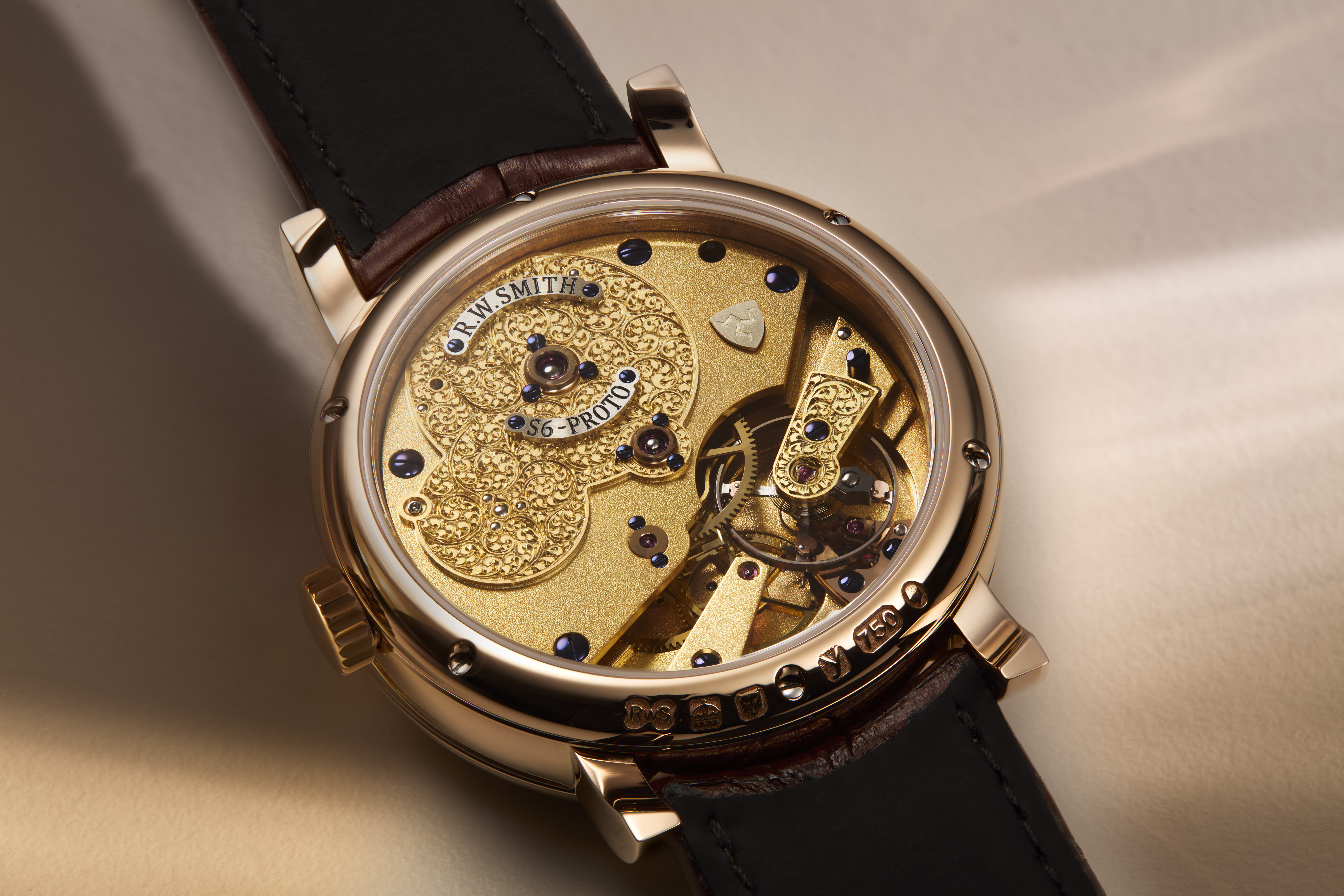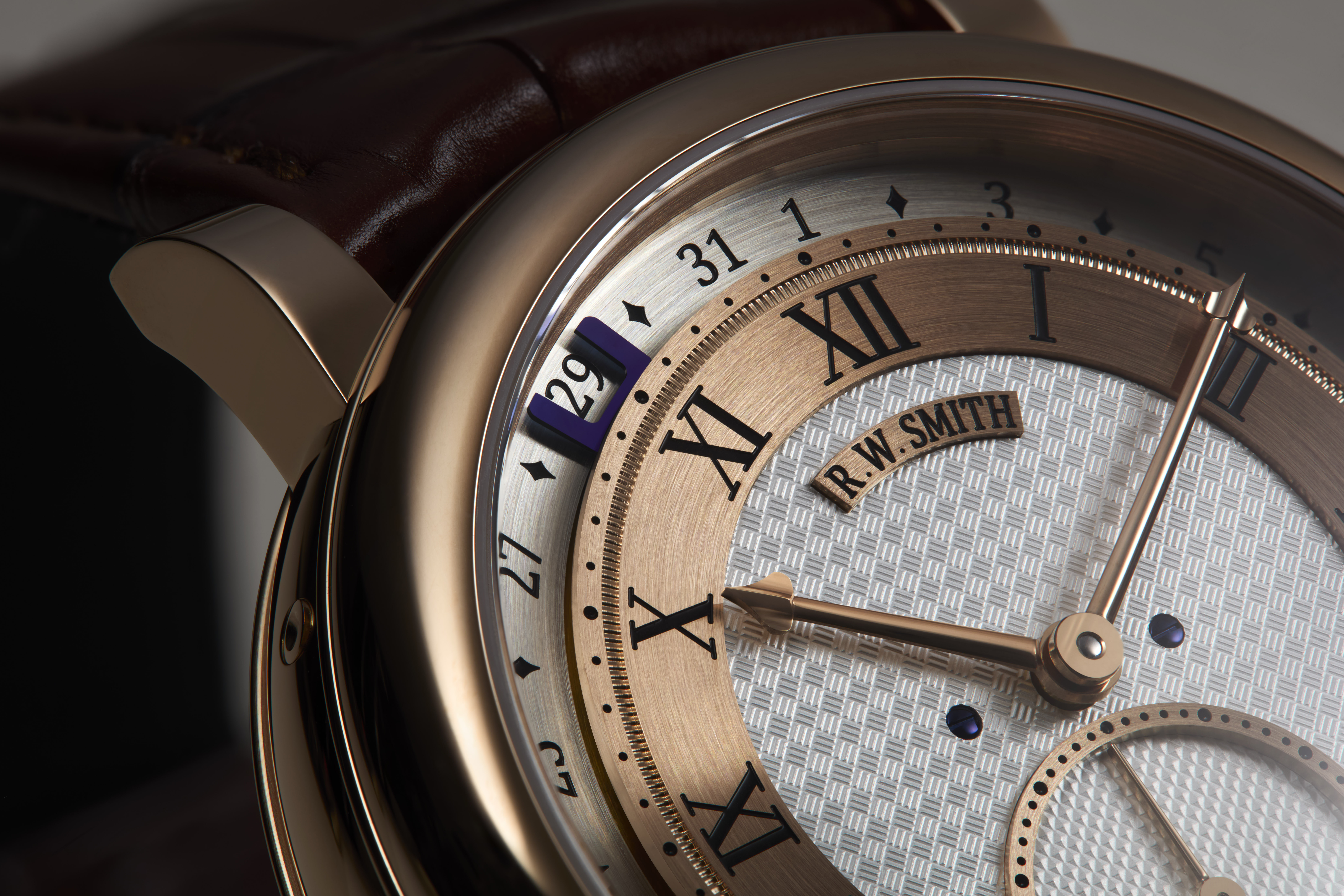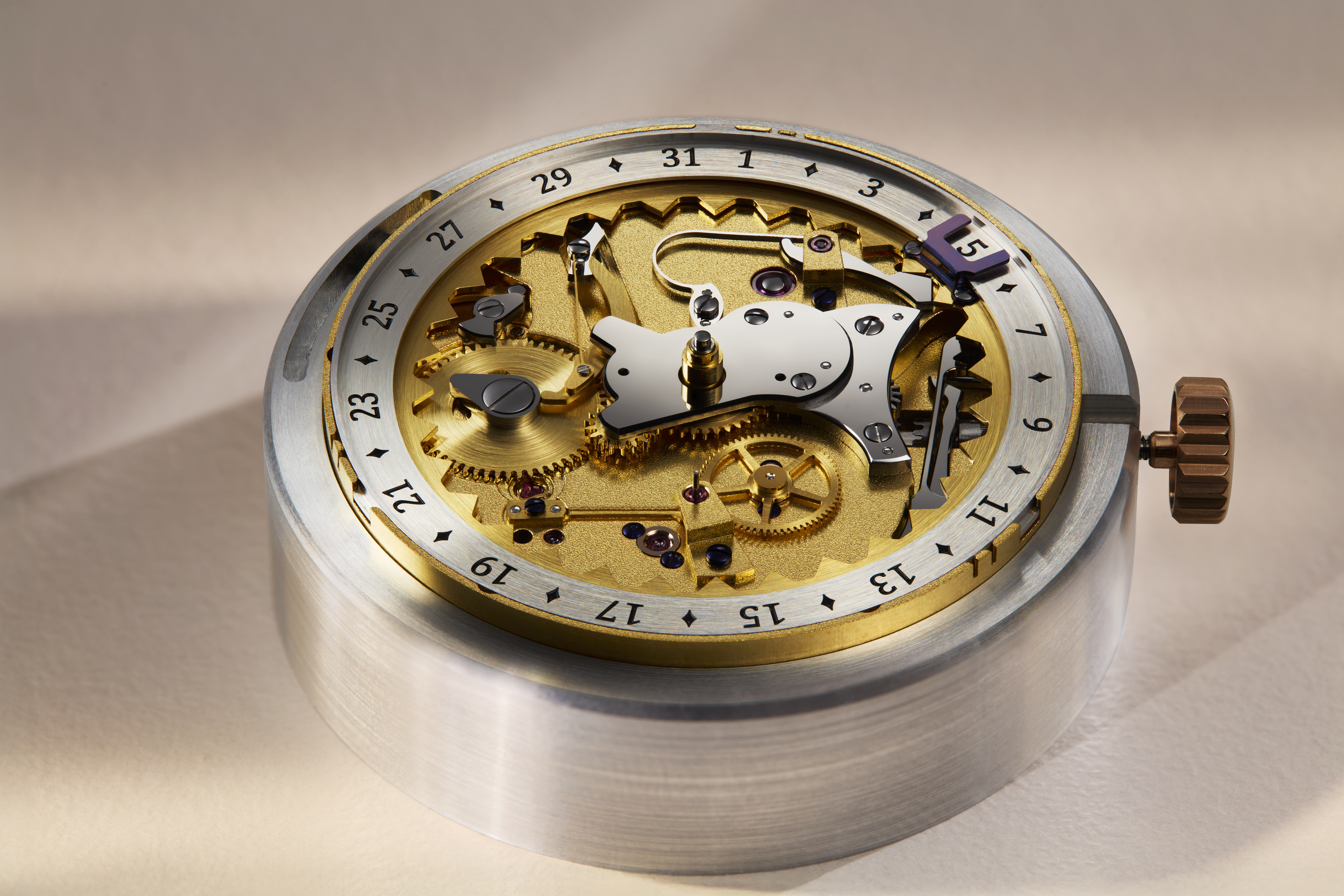Friction-free movements will revolutionise the watch industry – why don't we have them yet?
Oil is the reason your mechanical watch requires periodic (and expensive) servicing. Finding ways to do without it altogether remains, as it has been since the 1700s, the holy grail of watchmaking

For the want of research funding, which the team at the advanced materials department at Manchester Metropolitan University are now trying to raise, the watch industry could be at the tipping point that cracks the Holy Grail of watchmaking: to create a movement that is lubricant-free.
If that sounds somewhat pedestrian, it’s the fact watch movements require lubricants – necessary to stop certain of their moving parts abrading through contact with other parts – and that, over time and temperature shifts, even the most advanced synthetic lubricants eventually degrade, attract dirt or dry out, which means mechanical movements must be periodically serviced to correct, maintain reliability and accuracy. That’s the often considerable hidden cost of mechanical watch ownership.

Friction also increases the amount of energy required for a watch movement to operate at its maximum efficiency. Although now typically applied by robots, the very requirement for a movement to have oil - of differing kinds and precise quantities at differing points - adds to the complexity and cost of manufacture too.
The esteemed British watchmaker Roger Smith has been working with the university over the last couple of years to develop a 2D molybdenum disulphide-based nano material that can be used to coat certain watch parts to bring about a measurable reduction in friction. The team isn’t giving too many details, as patent applications are in play, but it has a proof of concept - a watch built by Smith - and believes its process will represent a marked step forward, especially when combined with the '99% friction-free' co-axial escapement - designed by Smith’s tutor George Daniels and since improved on by Smith. He reckons his latest model - the recently-launched Series 6 - will go 15 years between servicing, against the industry standard of around five years, with watches that will do 25 years realistically achievable.
This isn’t to say there are not challenges. 'Understanding this nano material, being able to consistently replicate it and being able to say it will reduce friction and do so consistently too is still very hard,' concedes Dr. Samuel Rowley-Neale, who heads the Manchester Metropolitan University advanced materials department. 'But if we can crack its use in watches - at such a small scale - then we can also see it following the F1 model and trickling down to other industries the likes of aerospace and automotive.' He estimates they are just three years until they have an industrial-scale methodology.

Others have tried similar things before, of course: the last 20 years have seen the introduction of many friction-busting technologies, typically embodied in one-off, or limited production experimental watches, notably Cartier’s ID One, Jaeger LeCoultre’s Master Compressor Extreme LAB and Panerai’s LAB-ID. Ulysee Nardin, Patek Philippe, Audemars Piguet, Rolex and Sinn have also made various advances, among them escapements in silicon, ceramic ball-bearings and axels and various uses of diamond-like coatings or DLCs, as well as experiments using lighter alloys, galvanising and magnetic pivots.
But these bring step changes in the efficiency of parts - at some considerable increase in the cost of the watches they’re used in - rather than across the whole. Claims have been made to having created a ‘lubricant-free watch’ are, as yet, exaggerated. And some watchmakers are of the belief that, friction being a matter of physics and the blight of all forms of engine, the best that can be hoped for is the greatest reduction in the use of oil, with complete elimination unlikely.
Receive our daily digest of inspiration, escapism and design stories from around the world direct to your inbox.
Besides, it wouldn’t just take a technological breakthrough to bring about the truly lubricant-free watch but, according to Smith, also a change in mindset across the watch industry. 'I don’t think there’s really any great interest [across the watch industry] in making these kinds of improvements,' he says (admittedly with some cynicism). 'I think the feeling is that it’s a huge business and we know watches work with current technology - so why bother trying to re-think the foundations?'
Josh Sims is a journalist contributing to the likes of The Times, Esquire and the BBC. He's the author of many books on style, including Retro Watches (Thames & Hudson).
-
 Robert Stone’s new desert house provokes with a radical take on site-specific architecture
Robert Stone’s new desert house provokes with a radical take on site-specific architectureA new desert house in Palm Springs, ‘Dreamer / Lil’ Dreamer’, perfectly exemplifies its architect’s sensibility and unconventional, conceptual approach
-
 Backstage at the Old Vic is all about light, theatre and sustainable action
Backstage at the Old Vic is all about light, theatre and sustainable actionThe theatre's new creative hub by Haworth Tompkins has completed, bringing a distinctly contemporary and colourful addition to the popular theatre space in South London
-
 New Marseille restaurant Dévo dishes up a sultry 1970s mood
New Marseille restaurant Dévo dishes up a sultry 1970s moodMirrors, satin curtains, and tubular steel define the atmosphere of this theatrical hangout, as envisioned by a local team of creatives